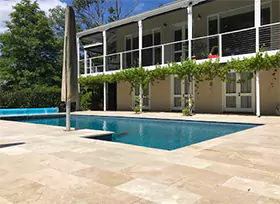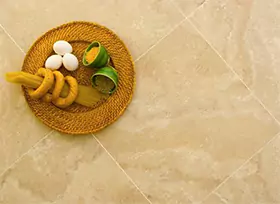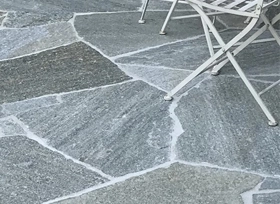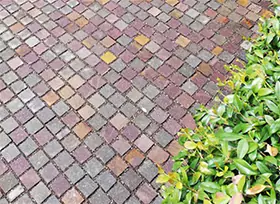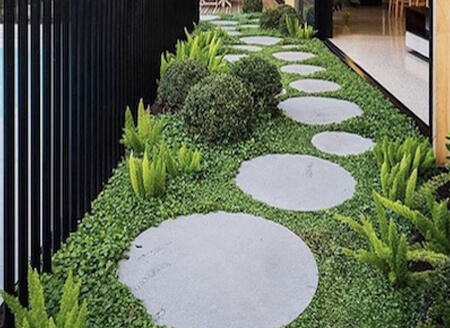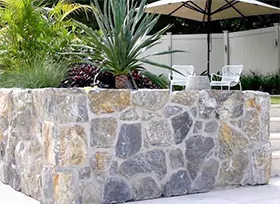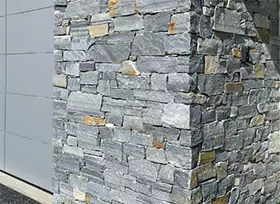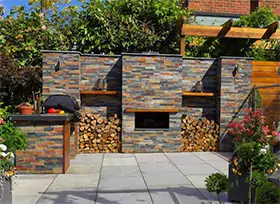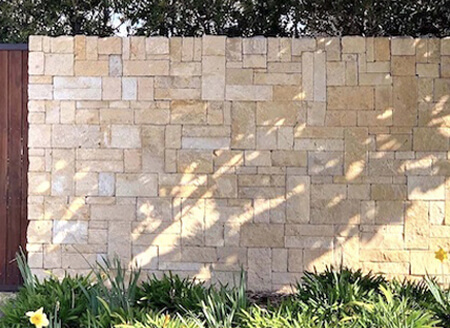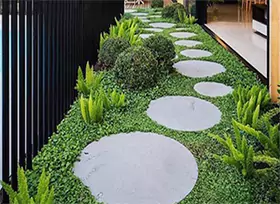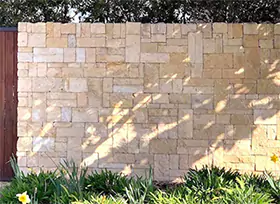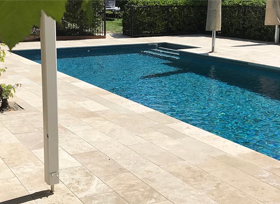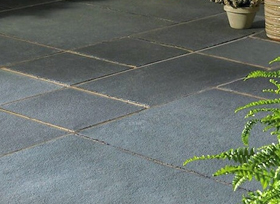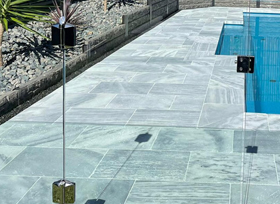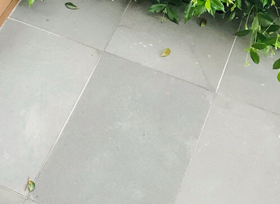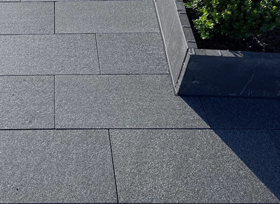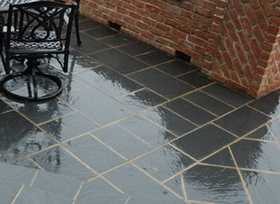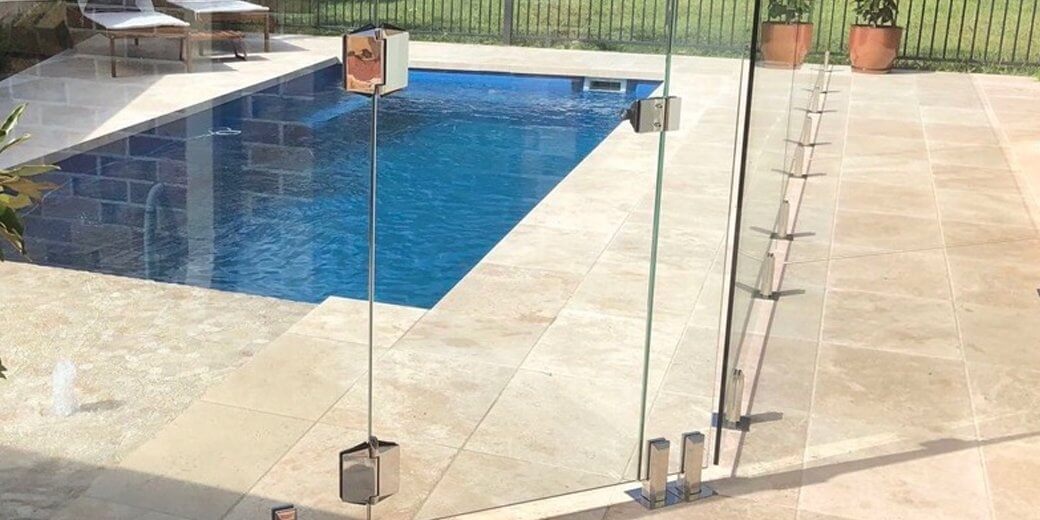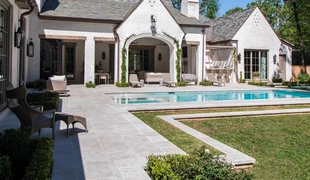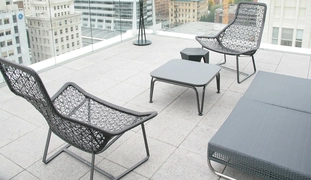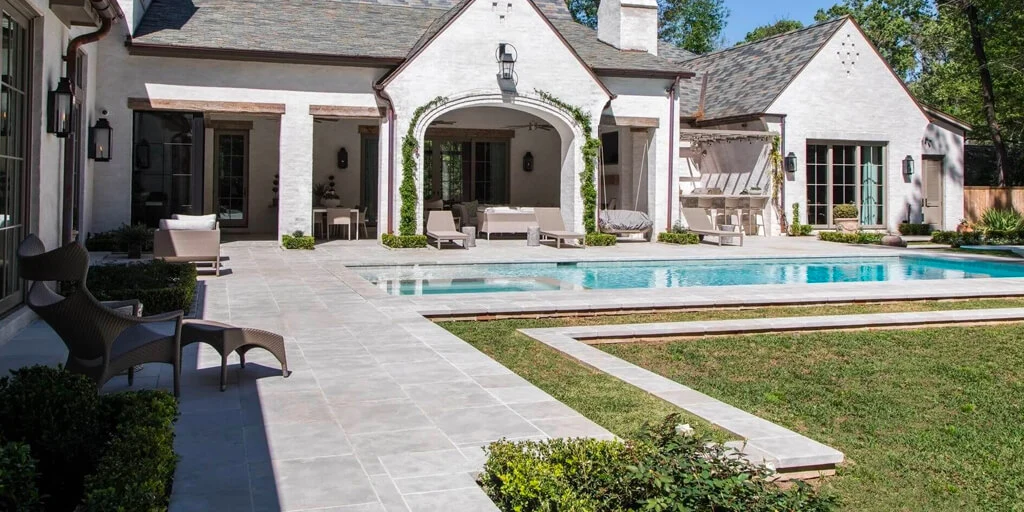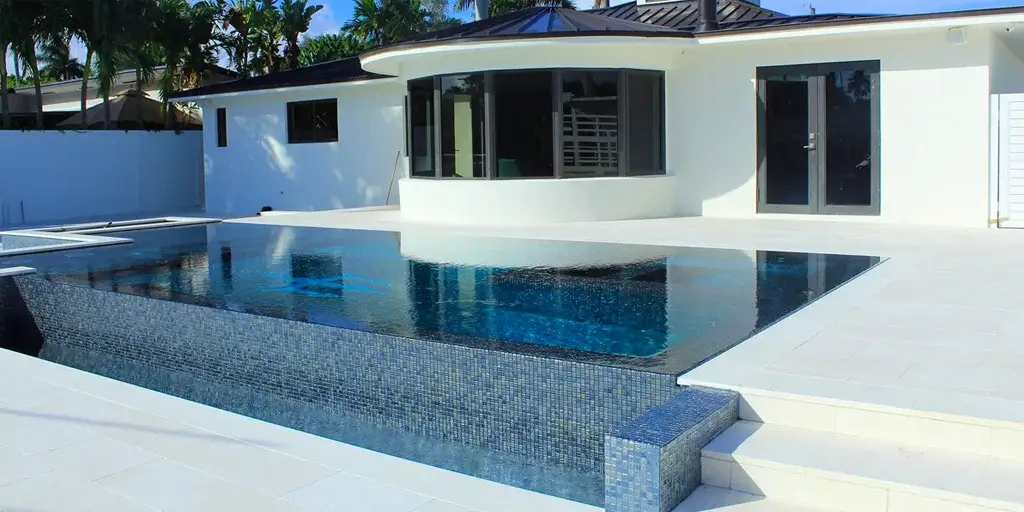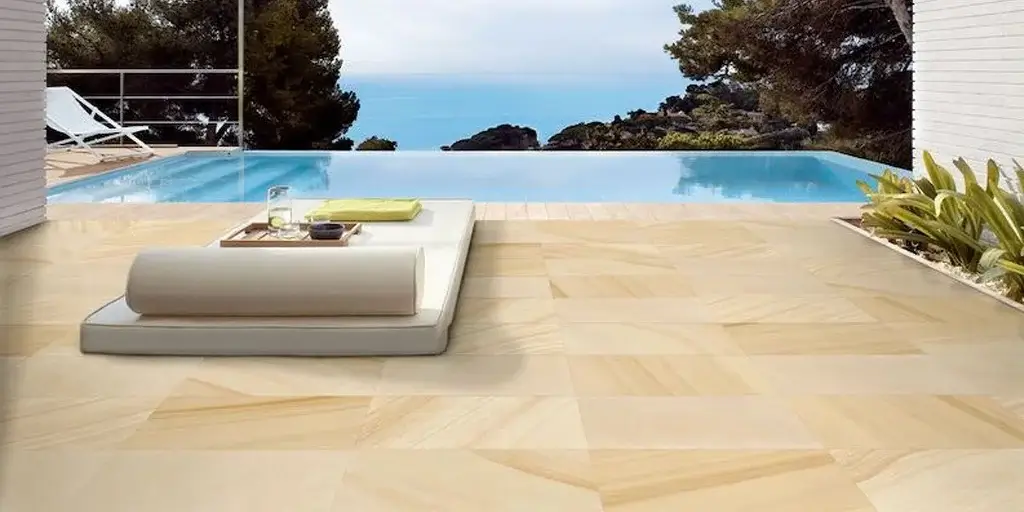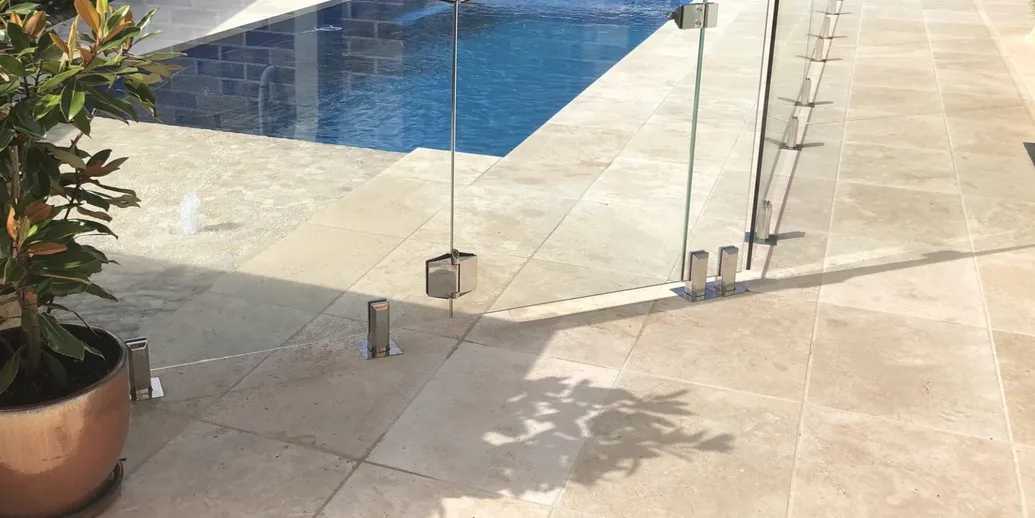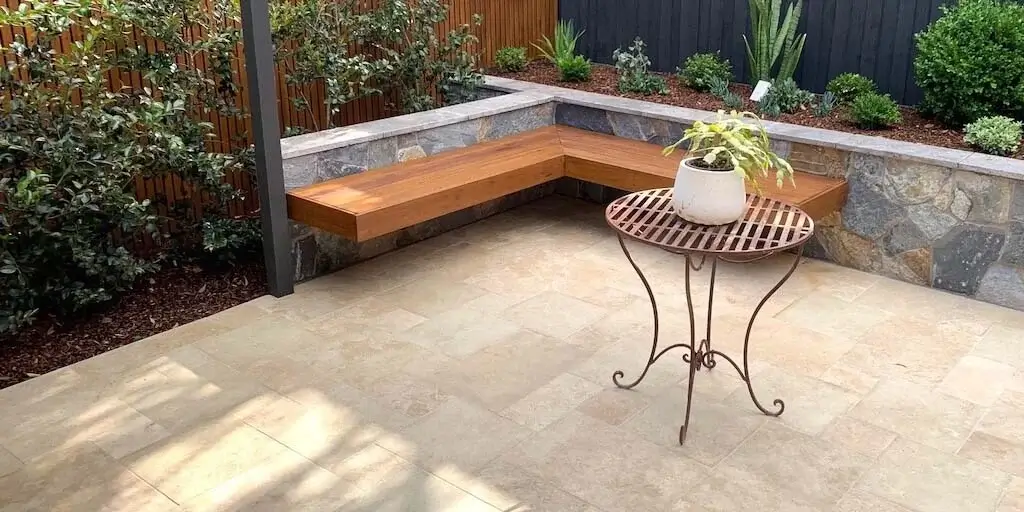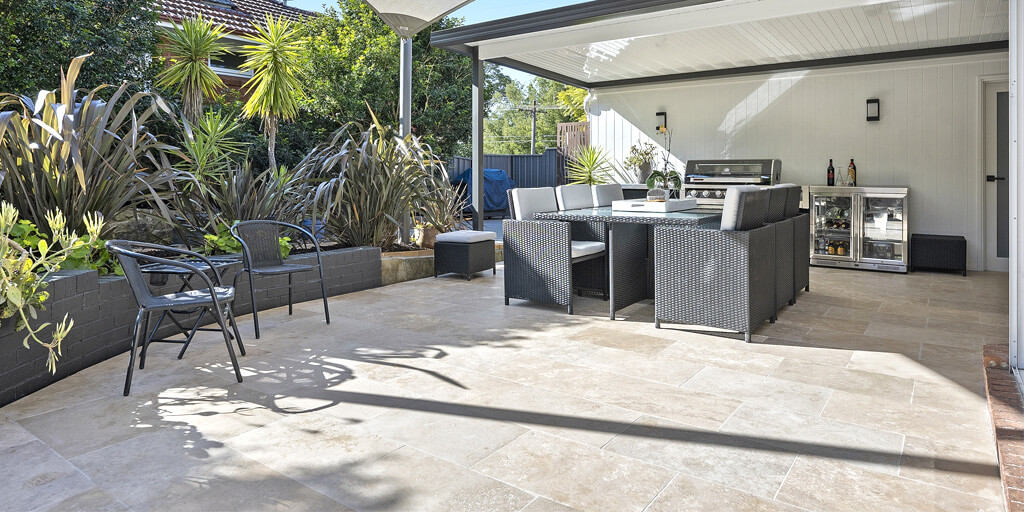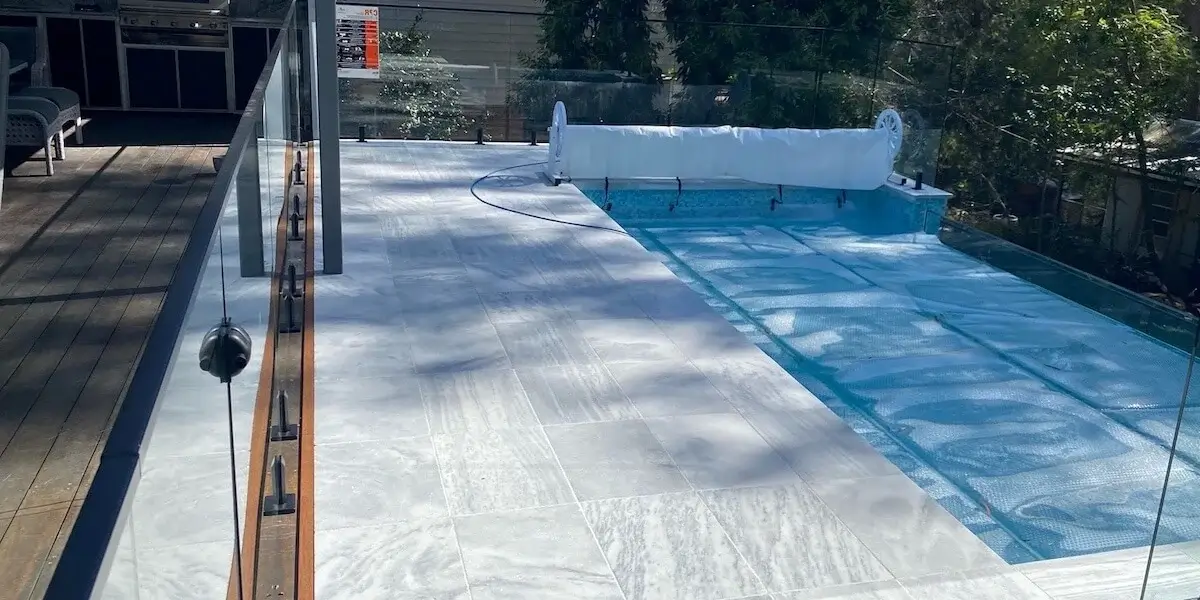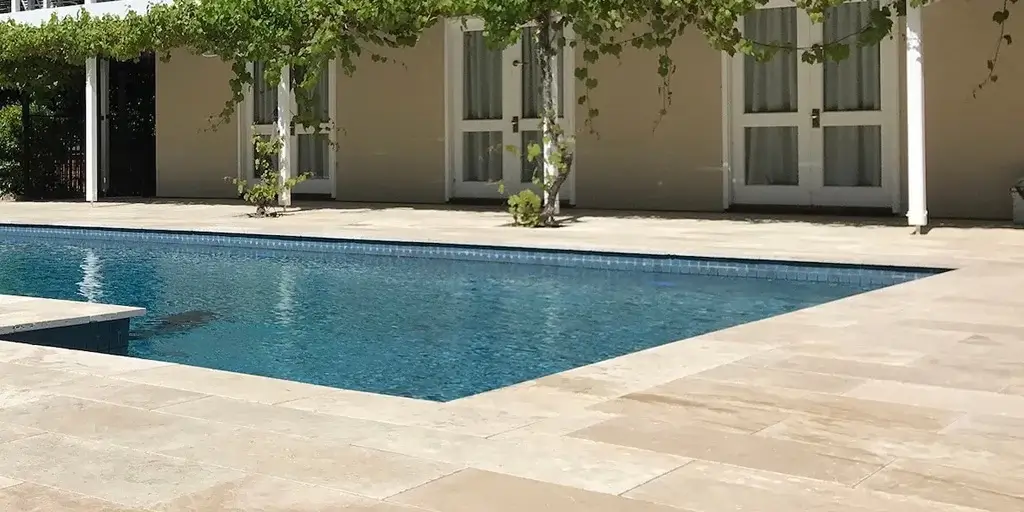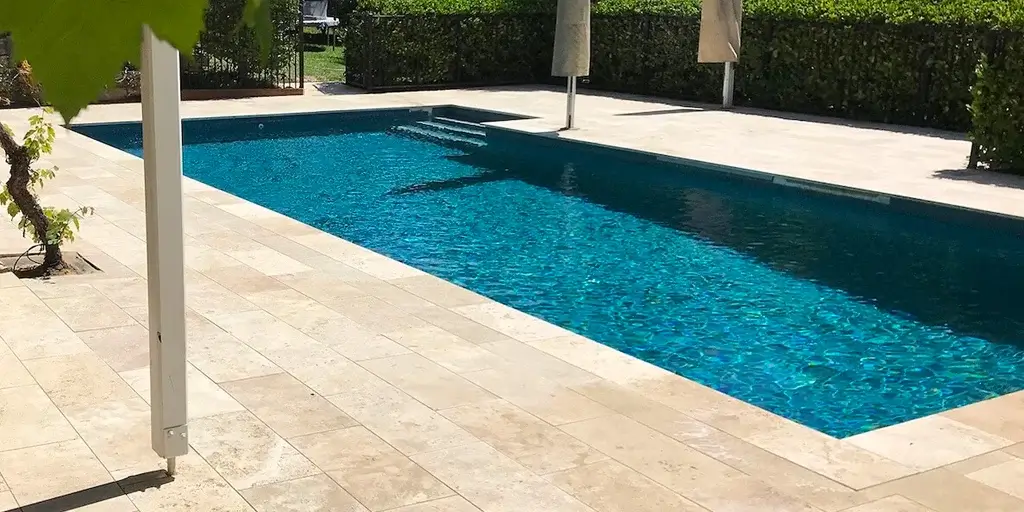Natural stones are increasingly attracting people's attention as synthetic stones lose their appeal. The world is all about choosing sustainable resources, after all. Here, we'll discuss travertine, one of the most widely used natural stones in Australia.
Travertine is a type of limestone that forms in natural springs as a result of mineral deposits. Travertine stone is a sedimentary stone that is created by the quick precipitation of calcite, sometimes referred to as calcium carbonate. The recognised trademark swirls found in Travertine are produced when calcite is mixed and integrated with other minerals. Because they are naturally occurring stones, Travertine tiles are unique to one another and remarkably versatile when producing different appearances.
Why Travertine Tiles are Popular in Australia
There is a good reason why many Australians have made Travertine tiles a unique part of their homes and emotions. Strong materials that can withstand the weather are needed due to Australia's diverse environment, which can range from hot summers to mild winters. Travertine is the ideal material for the climate in Australia because of its natural resistance to high temperatures. It is particularly well suited for outdoor applications because to its porous structure, which allows for efficient water drainage and prevents the formation of puddles or slippery surfaces.
Additionally, Travertine tiles' visual appeal appeals to Australians. The distinctive designs and earthy tones go well with contemporary and historic architectural designs, adding a touch of refinement to indoor and outdoor areas. The appeal of Travertine is boosted by the fact that it is a natural stone and environmentally benign as sustainable living gains favour.
Travertine Tile Finishes
Travertine tiles are available in a variety of finishes, each of which creates a distinctive appearance. The type of finish that is ideal for your area and the style you're going for can depend on where you plan to install your Travertine tiles, whether on interior or external surfaces.
- Polished or smoothed Travertine tiles are used to create a glossy, highly reflecting surface for flooring. This glossy surface exudes elegance and luxury, although it may be more expensive than other finishes. Over the course of the flooring's life, the expenses for polishing, sealing, and upkeep of this finish may mount.
- Travertine with a matte finish or that has been honed offers a textured matte appearance without the sheen of polished tile. The top surface of the unprocessed Travertine stone is ground and polished to create these pavers. They can offer a location a certain rustic character.
- Travertine tiles that have been tumbled have a lot more vintage appearance than honed tiles. These pavers frequently have rounded corners, soft and worn edgework, acid wash finishes, and a classic look. Highly textured tumbled Travertine pavers are a great option for damp places (like swimming pools or bathrooms), but more on uses later.
- Brushed Travertine tiles are finely textured pavers that resemble tumbling pavers with one important exception. The unfinished stone has been brushed with a metal wire brush to give it a cosy yet upscale appearance.
Different Colour Types of Travertine Tiles
There are several types of Travertine tiles, and each has unique qualities. Let's examine a few of the standout varieties offered by Stone Depot, a reputed Australian provider of Travertine tiles.
Classic Travertine Pavers
Classic Travertine Pavers are the pinnacle of traditional elegance, displaying a neutral colour scheme with variations in cream, beige, and ivory tones. These pavers are a flexible option that easily complements a variety of architectural aesthetics. The traditional Travertine material conveys sophistication and appeal, whether utilised for indoor floors, outdoor patios, or pool decks.
Finish: Unfilled, Honed & Tumbled
Tiles Sizes: 406x406x12mm, 610x406x12mm, 610x610x12mm, French Pattern 12mm
Silver Travertine Pavers
The cool, silver-grey tones of Silver Travertine Pavers give areas a hint of contemporary flair. They are a popular choice for contemporary landscapes and interiors because of the modest colour variation that produces a posh atmosphere. These pavers are long-lasting and not just aesthetically pleasing, assuring longevity even in high-traffic areas.
Finish: Unfilled, Honed & Tumbled
Tiles Sizes: 406x406x12mm, 610x406x12mm, 610x610x12mm, French Pattern 12mm
Ivory Travertine Paver
Ivory Travertine Pavers have an airy and light colour scheme that ranges from mellow creams to light beige. This type of Travertine is a popular option for those looking for a light and airy atmosphere. Ivory Travertine is perfect for patio areas and pool surrounds because it creates a cosy outdoor sanctuary.
Finish: Unfilled, Honed & Tumbled
Tiles Sizes: 406x406x12mm, 610x406x12mm, 610x610x12mm, French Pattern 12mm
Classic Light Travertine Pavers
Deep brown tones found in Walnut Travertine Pavers give rooms a feeling of elegance and cosiness. These pavers are a great option for indoor and outdoor settings to create a warm and private ambience. Walnut Travertine's richness makes it ideal for accent walls or fireplace surrounds that serve as focal areas.
Finish: Unfilled, Honed & Tumbled
Tiles Sizes: 406x406x12mm, 610x406x12mm, 610x610x12mm, French Pattern 12mm
Applications of Travertine Tiles
Travertine tiles are popular with homeowners, architects, and designers because of its versatility in a variety of settings.
Outside paving: Due to its natural resilience to heat and ability to keep feet cool, travertine makes an excellent material for outdoor paving. Whether it is used for patios, pool decks, or garden walkways, travertine adds a touch of luxury to outdoor spaces while also offering a durable and practical surface.
Internal Flooring: The aesthetic attraction of travertine may also be seen indoors, where it can be used as flooring in a variety of spaces. Due to its versatility in complementing both traditional and modern design, travertine is a preferred material for living rooms, kitchens, and even restrooms.
Backsplashes in Kitchens: Travertine tile kitchen backsplashes look stunning. While the stone's durability ensures that it can withstand the demands of a kitchen, its natural beauty provides texture and aesthetic appeal.
Bathroom countertops: Travertine can be used for bathroom flooring, shower walls, and countertops. Due to its moisture resistance, the stone is a practical and stylish option for designing spa-like getaways inside the home.
Fireplaces and accent walls: Due to Travertine's wide range of colours, eye-catching accent walls and fireplace surrounds can be made. These tiles can turn plain walls into focal points of interest, whether you choose the warm tones of Noce Travertine or the chilly elegance of Silver Travertine.
Travertine tile designs
- Travertine tiles in the French design - French pattern tiles are frequently utilised for interior floor surfaces because they provide open areas a very European and traditional feel. It can also be used outdoors in some homes with a country or coastal design. Due to the usage of various tile sizes, this pattern is less refined than other patterns yet still exude sophistication.
- Travertine tiles with a standard pattern - Across the range of pattern kinds, the regular pattern is the one that is most frequently employed. Because of how often the symmetrical square fit design is overlooked due to its simplicity, polished travertine tiles might appear even more aristocratic as a result.
- Travertine tiles with a brick bond design - Brick bond patterns are comparable to regular patterns, but because of their jagged edges, they may draw more attention. For this reason, textured finish tiles like tumbled or honed travertine pavers may be a better fit. The brick bond pattern is more frequently employed for exterior projects like walls and walkways around your house.
- Travertine tiles with a herringbone design - Herringbone tiling is frequently used as splashbacks in rooms like kitchens and bathrooms. Smaller-sized tiles are used in this unusual triangular pattern, which looks stunning when polished. By utilising the distinctive contrast tones of colour in travertine tiles, it may also look incredibly cute as feature flooring.
Maintenance Tips for Travertine Tiles
The longevity and beauty of your Travertine tiles depend on proper upkeep. To maintain your Travertine surfaces appearing spotless, follow this professional advice:
Frequently Cleaning: Travertine surfaces are susceptible to dust and debris buildup, which over time reduces their sheen. To get rid of loose dirt, clean or hoover the area frequently. When washing the stone, use a pH-neutral stone cleanser to avoid harming it.
Sealing: Because Travertine is a porous stone, sealing aids in preventing stains and moisture intrusion. You might need to reseal Travertine sometimes, depending on the type and method of application. For detailed advice, speak with your installer or provider.
Don't Use Acidic Cleaners: Travertine's surface can be harmed by acidic cleaners like those made with lemon or vinegar. Choose gentle, pH-neutral cleaners to preserve the integrity of the stone.
Clean Up Spills Quickly: Acidic chemicals like wine, citrus fruits, and coffee can damage Travertine. Spills should be quickly cleaned up to avoid stains. Avoid touching the spill; blot it with a clean, moist cloth.
Use Mats and Coasters: Use coasters under glasses and mats under large chairs to stop Travertine from becoming scratched or etched. This is especially crucial in places with lots of traffic.
Avoid Using Harsh Rubbing: Avoid using abrasive cleaners or rough scrubbers while cleaning Travertine. Choose soft sponges or rags to avoid scratching the surface.
Conclusion
Travertine tiles are the perfect example of how functionality and natural beauty can coexist. They are a popular option for both homeowners and designers because of its timeless charm and versatility. Travertine tiles provide a solution that transcends trends and endures the test of time, whether you're looking to create an attractive outdoor retreat, a warm and inviting living space, or a dramatic focal piece within your house. These tiles will continue beautifying areas with their distinct beauty and enduring attraction with the right care and upkeep.
*Disclaimer: All information and advice given above in the blog are to the best of our knowledge. Please reconfirm at your end before execution.



